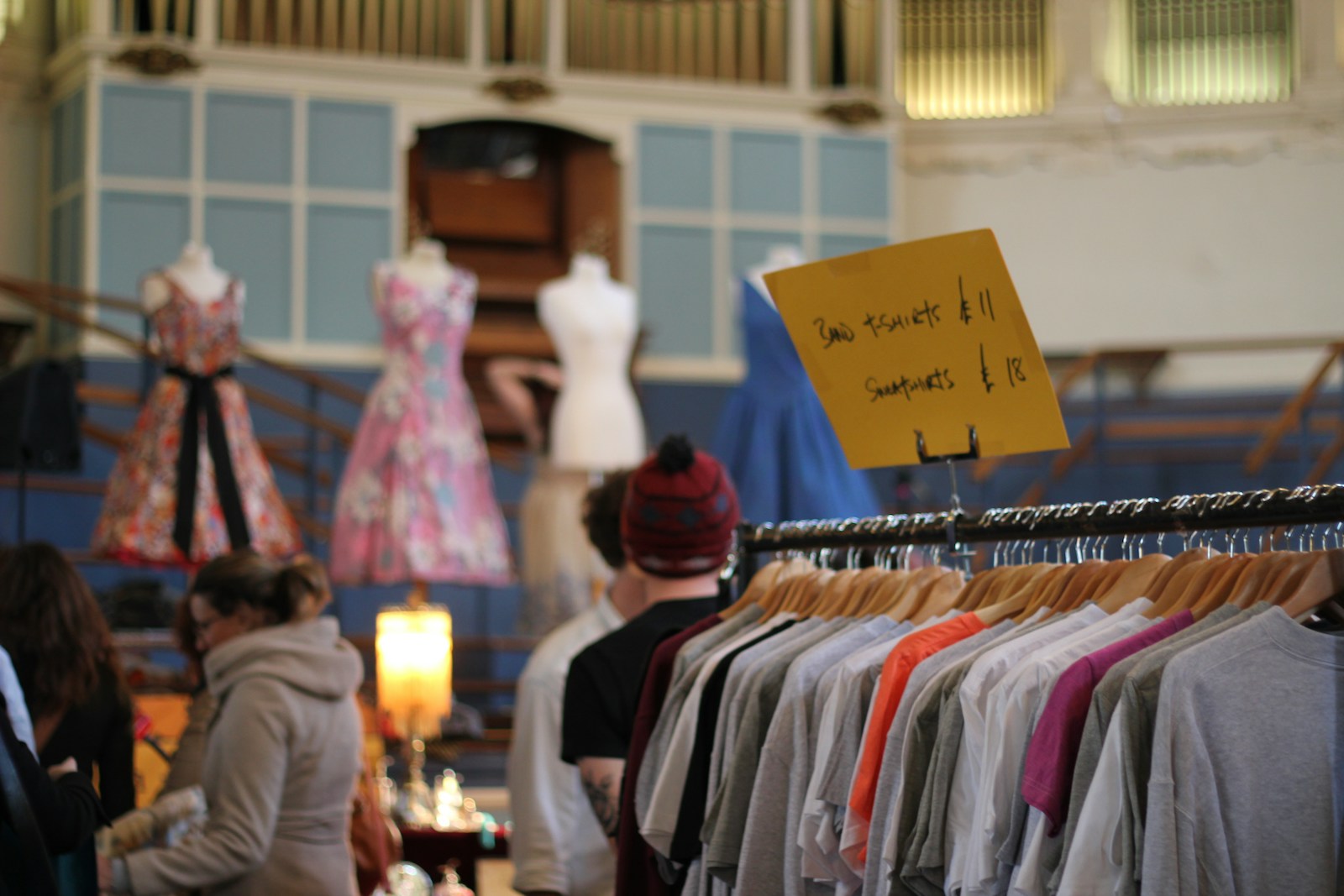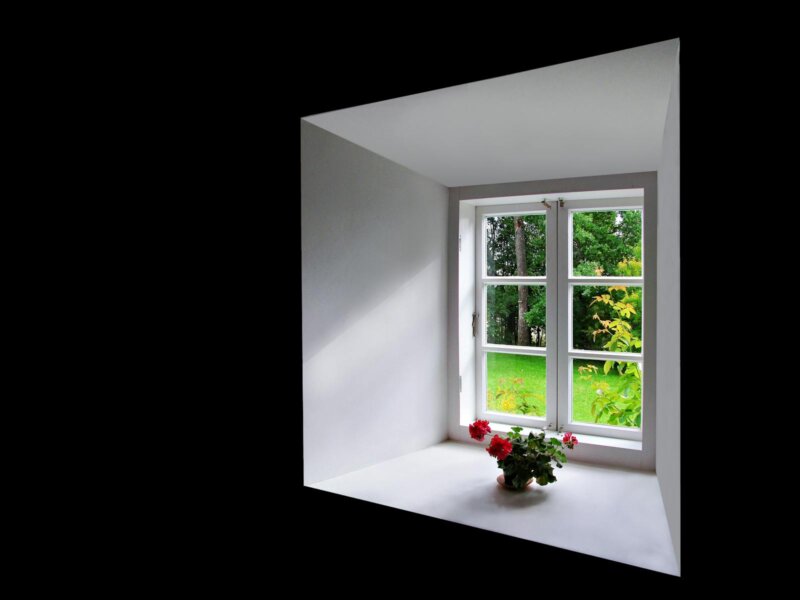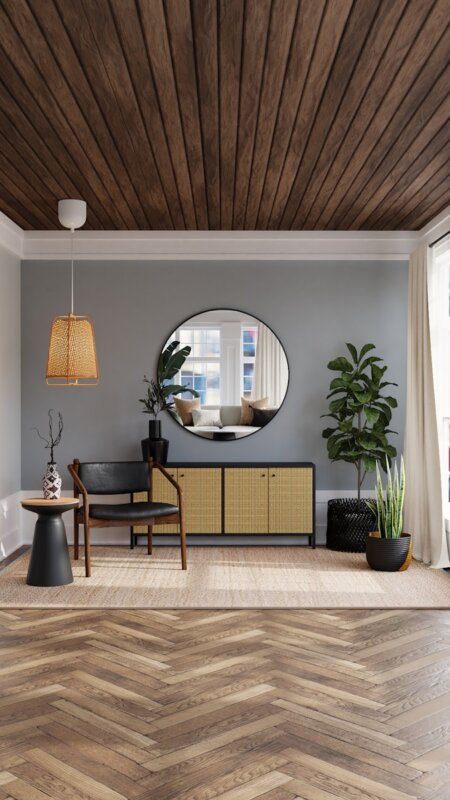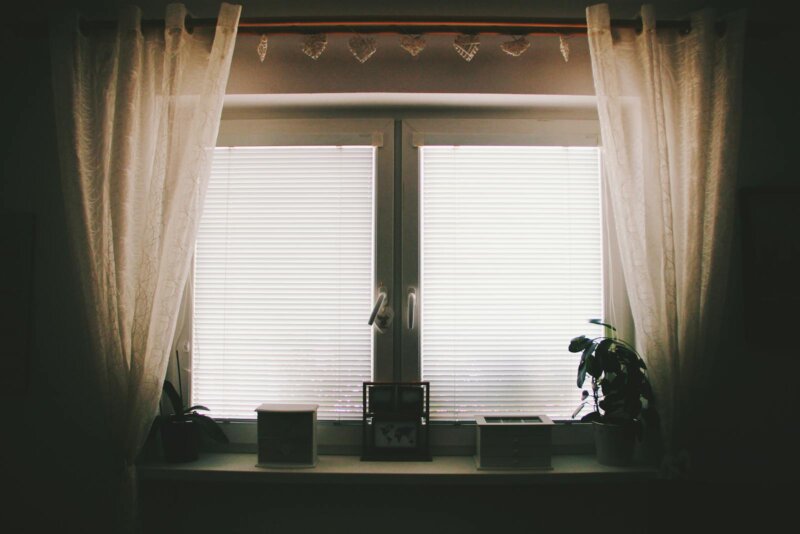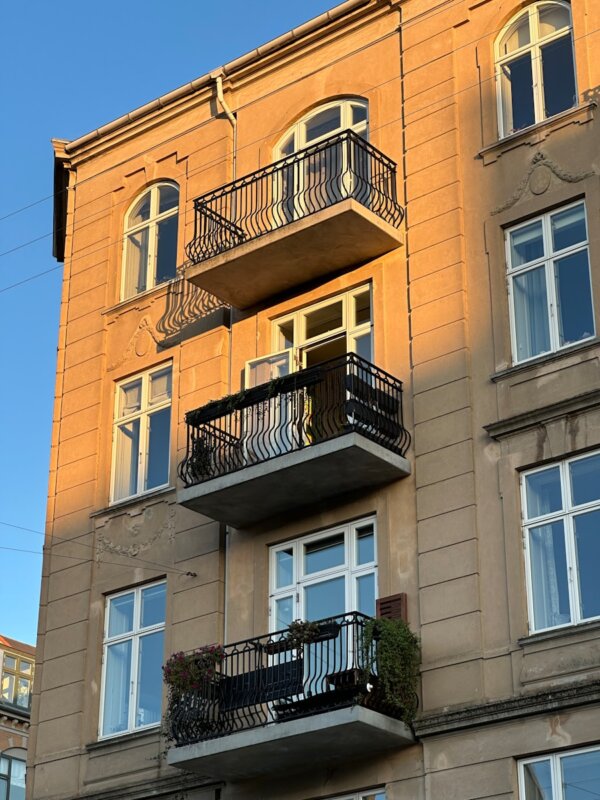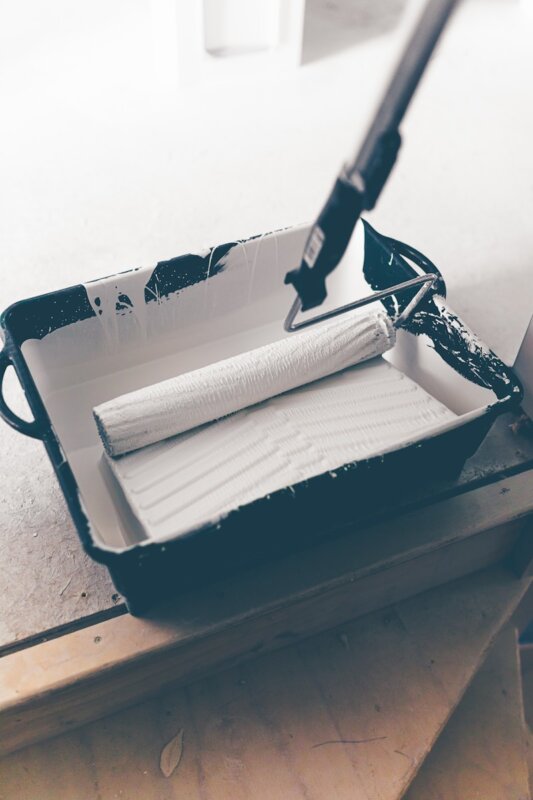Vintage Shopping Like a Pro: What’s Worth the Splurge is not a mystery. You can spot secondhand gems with a plan and a steady eye. Vintage shopping offers unique finds, lower cost, and sustainable fashion. This guide highlights what to splurge on, how to test for quality, and where to pass.
Key Factors to Consider When Vintage Shopping
Great vintage feels special, yet not every old item is a win. Use clear signals to judge value, style, and long-term wear. A few quick checks can save money and stress.
Authenticity and condition of the item
Confirm authenticity first. Search for maker’s marks, which are small stamps or labels. Check for era clues like metal zippers and saw-toothed edges, which are zigzag seam finishes. Blue union labels, tags showing the worker’s union, also help date items. Trusted resale sites like Vestiaire Collective vet items to reduce fakes.
Then review condition with care. Scan for heavy wear, odors in knitwear or shoes, loose seams, and jammed zippers. Many platforms grade items as good or very good, which helps set price and expectations. Poor condition rarely makes sense unless the piece is a rare collectible.
- Test closures, zippers, snaps, and buttons.
- Turn inside out to inspect seam strength.
- Ask for natural light photos when buying online.
Rarity and uniqueness
Rarity drives demand. Many pieces are 20 years old or more, so their cuts and prints feel fresh today. A standout jacket or a small-batch handbag adds personality and history to your look.
Build friendly ties with dealers. They may offer first look on special stock or quirky items. True vintage often uses better materials and careful finishes, so it stands apart from new copies.
Quality and craftsmanship
Quality shows up in the details. Look for tight, even stitching and sturdy fabric. Lift furniture pieces to feel solid weight. Well-fitted joints signal careful build. Many older items use solid wood or brass, not plastic.
A little patina, which is gentle aging on surfaces, can add charm. Deep cracks, broken parts, or missing pieces cut value fast. Timeless finds, like a 1960s designer jacket or a classic book set, can last decades with simple care. Often the cost is lower than buying new, yet the durability is higher.
Clothing Items Worth the Splurge
Vintage clothing can raise your style and cut waste at the same time. Choose pieces with strong resale history and lasting design. That is how you make a fashion investment that holds up.
Designer handbags and accessories
Designer bags tend to keep value if you buy smart. Many shoppers favor Chanel, Louis Vuitton, Gucci, and Stella McCartney. Typical resale prices can be strong, like a Gucci Jackie Bardot at $445, a Chanel Double Flap at $1,120, an LV Speedy at $559, or a Stella McCartney Falabella at $475. Prices vary by condition, hardware, size, and market.
For best results, aim for good or very good condition. Accessories can be good bets too. A Hermès Les Tambours silk scarf often lists near $390. Givenchy crystal earrings may land around $109. A Valentino 1.2 leather belt can sit near $180. Pick iconic styles that match many outfits, so cost per wear stays low.
- Confirm serial numbers and date codes when available.
- Assess corners, handles, and lining for wear.
- Use trusted platforms like The RealReal, ReBag, eBay, or Vestiaire Collective.
Timeless coats and jackets
High quality outerwear is a smart splurge. A classic tweed jacket or a relaxed sports jacket works across seasons. These pieces stay stylish year after year.
Examples show the spread. A Max Mara wool coat at $450 or a Zadig and Voltaire biker jacket at $170 can be solid buys. A Bottega Veneta jacket may reach £600; that reflects brand demand. Even a 1970s trench can show up near $165.
Focus on fabric and build. Look for dense wool, smooth leather, and strong stitching. Freshen tweed with a steamer, which releases wrinkles and lifts fibers without damage. Good care keeps value high.
High-quality denim
Vintage denim is a wardrobe essential. Levi’s set the benchmark with the 501 and Wedgie straight fits. These use 100 percent cotton, which wears in nicely and lasts a long time. Orange Tab 517 jeans might cost around $128, yet they keep shape and style.
Other picks also shine. Studio Nicholson moleskin trousers come in around £100. A moto style leather jacket can land near $115. Premium denim is soft, tough, and easy to style year round. It is a classic retro fashion move that pays off over time.
Home Décor Pieces Worth Investing In
Vintage home décor adds warmth and charm to any space. Focus on items with strong materials and proven history. These choices can lift a room’s style and hold value.
Vintage rugs
A vintage rug grounds a room and tells a story. Many rugs from Iran or Turkey are handwoven. Handwoven means made by hand on a loom, not by machine. Patterns often reflect cultural heritage.
Spending more for a well kept rug makes sense. Quality pieces age well and sometimes appreciate. The right rug brings depth, warmth, and quiet luxury to your space.
- Ask for close ups of edges and fringe.
- Check for moth damage on the back side.
- Confirm fiber type, like wool or silk.
Antique furniture
Antique tables, chairs, and dressers deliver character and strength. Many older pieces use solid wood and time tested joinery, which is how wood connects at corners. This often outlasts some modern flat pack builds.
Buying vintage reduces waste, so it supports sustainable style at home. Restoring or upcycling, which means turning old into fresh, can also save money. Mix small artifacts like milk glass bowls with a bold bookshelf or desk. The blend feels personal and unique.
Unique lighting fixtures
Lighting sets mood and focus. Vintage chandeliers, pendants, and sconces add lasting charm. Hardwired pieces become part of the room, while plug-in lamps act more like accents.
Murano glass chandeliers on 1stDibs show how craft and art meet. A unique fixture can anchor a room and raise perceived value. These pieces often outperform new items on both style and build.
Tips for Shopping Vintage Like a Pro
Smart habits help you move fast and choose well. A short plan reduces overwhelm and improves your hit rate on unique finds.
Research brands and trends beforehand
Scout thrift stores near you. Some shops get better secondhand clothing than others. Check reviews and ask friends for leads. Make a short list of target pieces and colors. A quick mood board helps, even if it is just a phone album.
- Learn tags that signal quality, like wool, silk, and leather.
- Study 2024 trends so picks feel current.
- Track prices across platforms to spot deals.
Set a budget before you leave home. Focus on timeless pieces instead of chasing a logo. This keeps your fashion investment clear and steady.
Inspect items for wear and tear
Check for stains, holes, and fading in natural light if possible. Run fingers along seams to test strength. Zip and unbutton everything. Broken hardware can be a headache to replace.
Be careful with strong odors. Some smells never wash out. Skip items that need heavy tailoring or repairs. Keep try-on and inspection time to about 30 minutes, which keeps your choices sharp.
Set a budget to avoid overspending
Thrift finds can be under $20. Vintage and designer pieces can cost much more. Clear limits prevent impulse buys that strain your wallet.
If a special item costs more than planned, ask about layaway. Do not feel rushed by short holds. There will be another good option if the price is off. A steady plan keeps the hunt fun.
Bottom Line
Secondhand clothing gives fresh style and lowers waste at the same time. You gain access to unique finds and timeless pieces that last. Focus on authenticity, condition, and quality. Choose a few smart splurges like a classic bag, a tailored coat, or sturdy denim. With a set budget and a quick checklist, your vintage style grows with confidence. That is sustainable fashion made simple, and it looks great on you.

